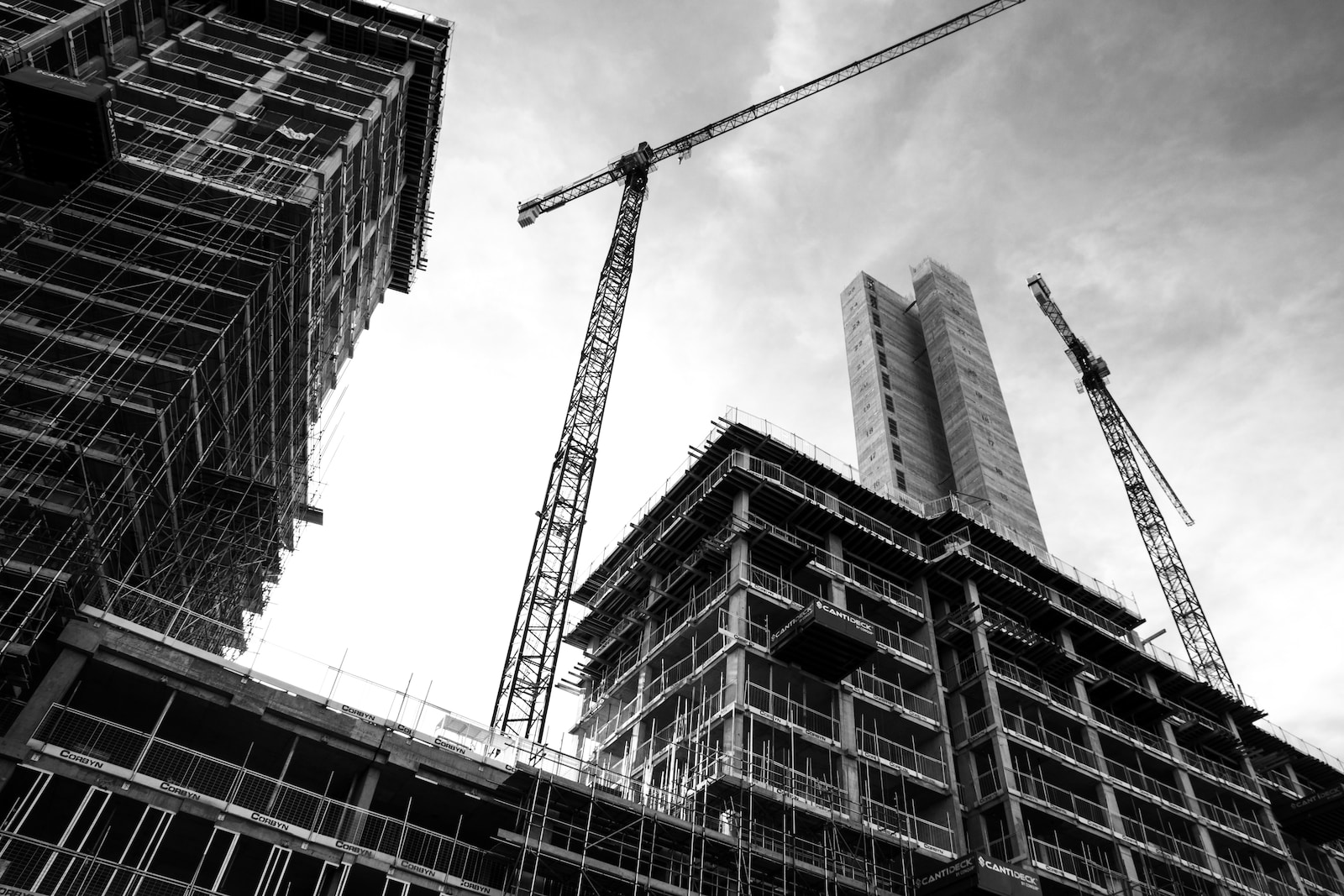There are indications that construction activity is beginning to slow down in Dallas-Fort Worth, which has been experiencing a surge in the number of residential developments coming into existence.
According to the Dallas Morning News, which cited findings from the analytics firm RealPage, the number of multifamily building permits issued in the Dallas area fell by 11 percent year-over-year in the month of November. More than 21 percent of multifamily permits were issued across the country in comparison to the previous year.
A record-breaking year for apartment construction, 2023, saw the completion of 444,000 rental units across the country. This reduction in apartment development brings the year to a close. According to RealPage, there are another 671,000 units that are scheduled to be delivered this year, and after that, the supply of fresh material is anticipated to decrease.
According to Jay Parsons, chief economist at RealPage, “high supply is great news for renters, but it is a hurdle for investors.” Renters are suddenly presented with a significantly greater number of options than they have had in prior years, which is exerting downward pressure on the growth of rents.
It is possible that an oversupply of apartments is to blame for the decline in construction activity in Dallas-Fort Worth, despite the fact that demand is high and growth is consistent in the region. During the third quarter, North Texas ranked top in the nation in terms of the number of units that were leased out totaling more than 7,000. On the other hand, the completion of 8,000 new residences during that time period helped to lessen the significance of that accomplishment.
The issue is not one of demand, according to Parsons. Because the areas with the highest demand are also the markets that are experiencing the highest levels of new supply in the past several decades, rents are falling in those markets.
According to the outlet, construction activity has been hampered by a number of factors, including higher mortgage rates and a highly restrictive lending environment. This has made it harder for developers to finance projects.
Despite the fact that the number of licenses issued for multifamily buildings has decreased significantly, Dallas-Fort Worth ranked fourth in the nation with 19,711 permits issued through November. In comparison, the metropolitan regions of Austin (20,866), Phoenix (20,890), and New York (22,288) had a higher population.
— Mr. Quinn Donoghue





